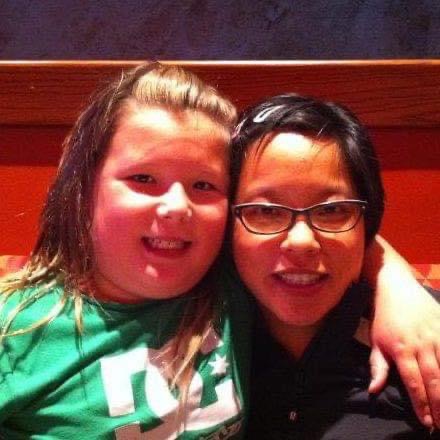
It’s Week 13 of the Winter Term. We have approached the end of EDUC 633. As part of the summative assessment, I’ve asked students to engage in a Spiral of Inquiry (Halbert & Kaser, 2017) Self Study. The task is a derivative of the Spiral of Inquiry as we learn more about Human Development, we are looking at ourselves and our practice to engage in the 6 stages of inquiry (i.e., the Scan, Focus, Hunch, Learn, Take Action, and Check) with a personalized guided question. The inquiry and self-study is the “implications in education” and the hope is, to create a course of action that is research based to improve the learning experiences of students.
The course started with valid and very broad stroked questions about Human Development and the research that contributed to this field of work. Cultural sensitivity, the emphasis and generalizations concerning poverty (or lack there of), the gender and ancestry of the researchers, and how schools operate as whole were questioned. As we moved forward with the course with the opportunity to look at different learning resources and literature, the inquiries started to take life. Readings started to have some relevance to the inquiry question and self-study and conversations in class became more relevant and recognizable.
The students kept an annotation of their readings and shared their learnings during class time as a whole group discussion. Initially, the course started with breakout rooms to sense make the content informally and in small groups. Over time, the small group conversations became whole group conversations and the network of inquiry is the shared experience of learning and discovery as a class while each student embarked on their own self-study and inquiry. Although the class is only 13-weeks, the TAKE ACTION stage and CHECK stage may be written as future action and a description of how they would check their progress or success. The objective of this course design is to wonder, learn, and take action.
I am also a participant in this learning. I am learning about this course design and about Human Development and my own inquiry as a self-study. As I learn more about the Spiral of Inquiry (experientially) I am learning about its complexities and how it is a useful framework for me as an ACTION RESEARCHER. (Sorry, that made me smile… self-discovery is so wonderful). I engaged in this coursework not only as the course instructor, but as a learner. I have my own inquiries and I wanted to model what I was hoping for from the students. I also wanted to experience what they were experiencing to provide some insight and guidance.
Admittedly, my approach to this work was different. I am not doing an annotation or final paper, but I have been blogging about this teaching and learning journey and depending how things go, may write about it as a program evaluation. I love the idea that my work is a form of research. I love learning in and with my classes to hone my practice and it return, this form of Action Research, fuels my love for learning and provide content to my research program. I was told once by one of my mentors that my work is my research. I did not believe it at the time, but now I am realizing in this work with Human Development that this is MY WORK. 🙂
As you can see, this is a reflective blog post anticipating the end of EDUC 633 and our class tonight. I wanted to write a blog post to form my thinking in preparation for tonight’s class. The plan tonight is to share what we have learned about human development and its implications on our practice in education. I am very excited to hear what each person has learned. I have checked in with each of them last week with office hours and it seems that we have arrived to important understandings that will shift their practice and/or mindset, thus would impact student learning. I have learned a lot about Human Development and looked at my practice critically.
In my self-study inquiry, my question was, “How can I be more human in my practice?” The idea was about bringing more humanity back into the classroom. We get caught up in systems and “the rules” and forget that we are in a “people-industry” thus require systems and rules that are best for people. In my practice as a former secondary math teacher, now researcher and teacher educator, I am wondering about what’s best for students. When working with “any student,” the vibe is “What do you want me to know? What do you want me to do? And, am I doing this right?” I wanted to shift the narrative to nourish student agency.
I’ve been working on my inquiry with deliberate practice for a couple of terms. In my SCAN, when critically reflecting, I was trying to be someone that I’m not. I was not only trying to follow the rules, but also trying to be someone that I thought people wanted me to be or expected me to be. I learned early in EDUC 633 that my inquiry stems from infancy. I was a little surprised. Attachment theory, trust vs. shame, and parenting styles led me to a HUNCH about being a second-generation Chinese Canadian, being assimilated, and striving to be a “white man” to succeed in the world. This misalignment in my identity, as developed in Adolescence and Early Adulthood, let to many life decisions that were not authentic to who I am.
This understanding of who I thought I should be also influenced who I was a K-12 teacher. I want to be more myself and design my classes that reflected who I am. This want might be reflective of my Middle Adulthood way of being where my Identity Development from Adolescence entailed “identity foreclosure” and committed to being a particular way because I thought I was expected of me to “be a good Canadian” then moved towards “identity moratorium” in Early Adulthood. I don’t think that I have achieved my identity, really, until Middle Adulthood. Life events during Early Adulthood like my career, marriage, family, and divorce has influenced who I am today but also reflective of the changes in one’s identity.
The FOCUS of my self-study was designing classes that reflected who I really wanted to be and how I wanted my class to operate. I wanted to embrace the 4R’s of (Kirkness & Barnhardt, 2001) of Relevance, Respect, Responsibility, and Reciprocity as well as the First Peoples Principles of Learning (BC Ministry of Education, 2006). I am a settler and non-Indigenous, but the lack of my ethnic identity and empathy for the history of First Nations, Metis, and Inuit Peoples in Canada with respect to cultural genocide and Truth and Reconciliation, I feel this way of being is aligned to who I am and want to be as a person and educator.
My HUNCH is my sense of self and learning more about my ethnic identity and who I am as a person. I live between two worlds and doing this exploration in another collaborative project with a former student. I am fully assimilated to Canadian culture. I have no language or culture that reflect my physical looks of being a Chinese/Cantonese person with exception to food, family dynamics, and birth order. How can I be the teacher I want to be when I am not sure of who I am. This thinking is aligned to Parker Palmer’s Identity and Integrity in Teaching. “You teach who you are”… but who am I? The LEARNING is learning more about myself, and Human Development. The ACTION is to teach who I am and want to be.
In Teacher Education and Graduate Studies, my audience is in Early Adulthood. For Teacher Candidates, many are in Emerging Adulthood where they are in an age of identity exploration, instability, self-focus, feeling in-between, and possibilities. They are impressionable and it is important to me to model the work of Parker Palmer and Indigenous ways of knowing and being. I wanted to bring this thinking to my graduate classes online, but also I wanted to model what it means to be a “learner” not an expert (even though my expertise in Middle Adulthood is well developed). Community, Connection, and Co-Construction are integral components to my course design and teaching. It was scary, but I needed to act.
I can see the variance amongst the undergraduates of Perry’s Scheme (1970) of Cognitive Development fluctuating between dualism, multiplicity, and relativism based on their age and experience. In my graduate classes, I see students engaged in relativism and are able to reflect on their practice in this self-study and were able to delve into my 3 C’s of Community, Connection, and Co-Construction. There were moments of asking about criteria for the final product, which is expected, but I had to remain consistent with my expectations that was open to student choice and student agency. I hope that students can see what I was trying to create in the learning experiences in my class which is reflective and reflexive.
The CHECK of this self-inquiry will start at the end of this week when the courses end and I can seek feedback from students and I will look at the quality of their final papers and Summative Assessments. I recall one week when I had office hours with one student asking me if my class reflects who I am. I said yes. They proceeded with encouraging words to continue. At this time, I have no regrets and I am not consumed by what I perceive other people in my role do in their classes and I am fully focused on my students, their learning needs, and my expertise. In doing this self-study and taking action, I am more aligned to who I really am. 🙂
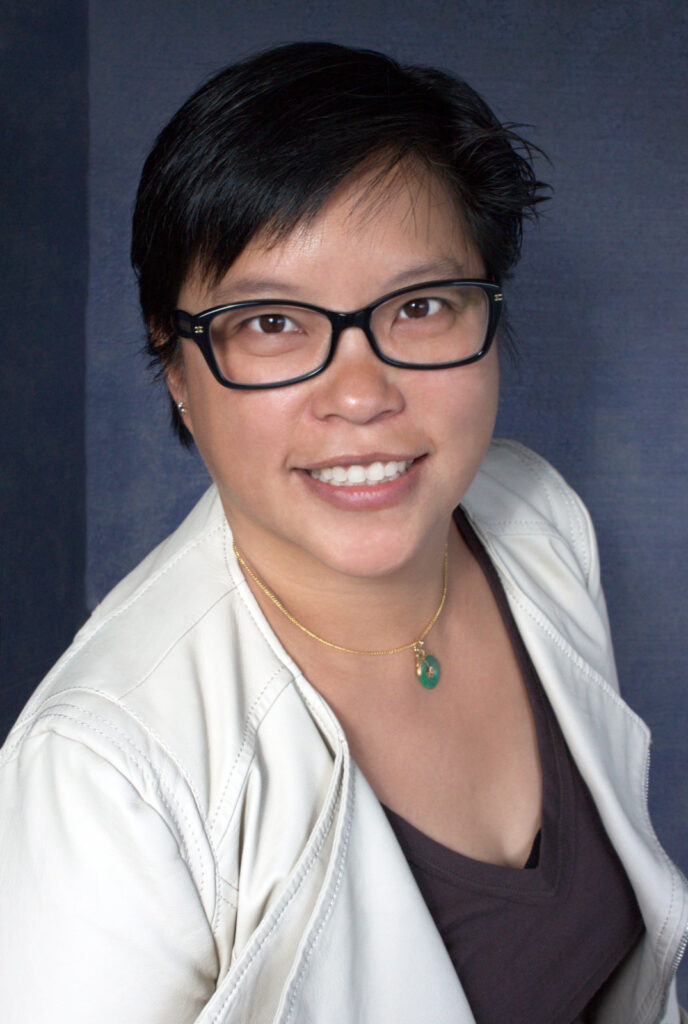
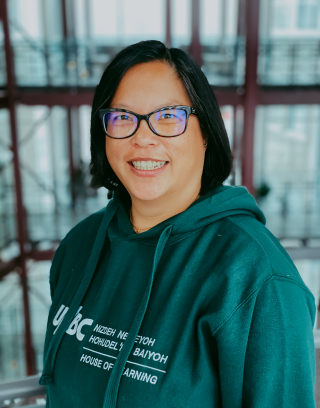
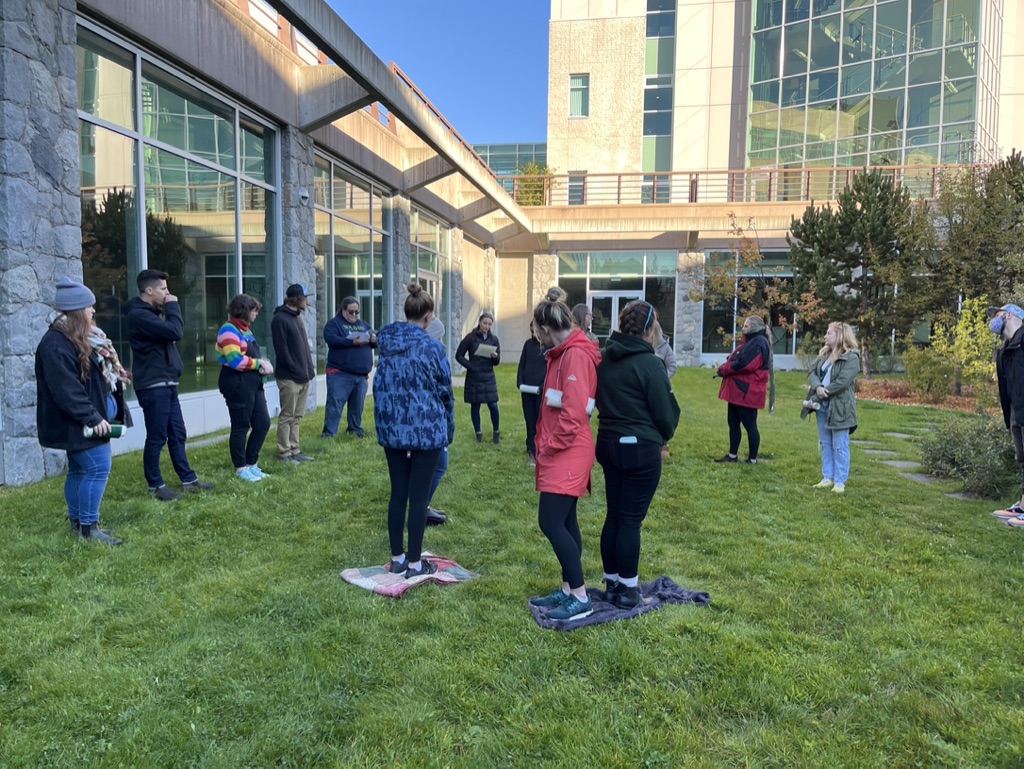
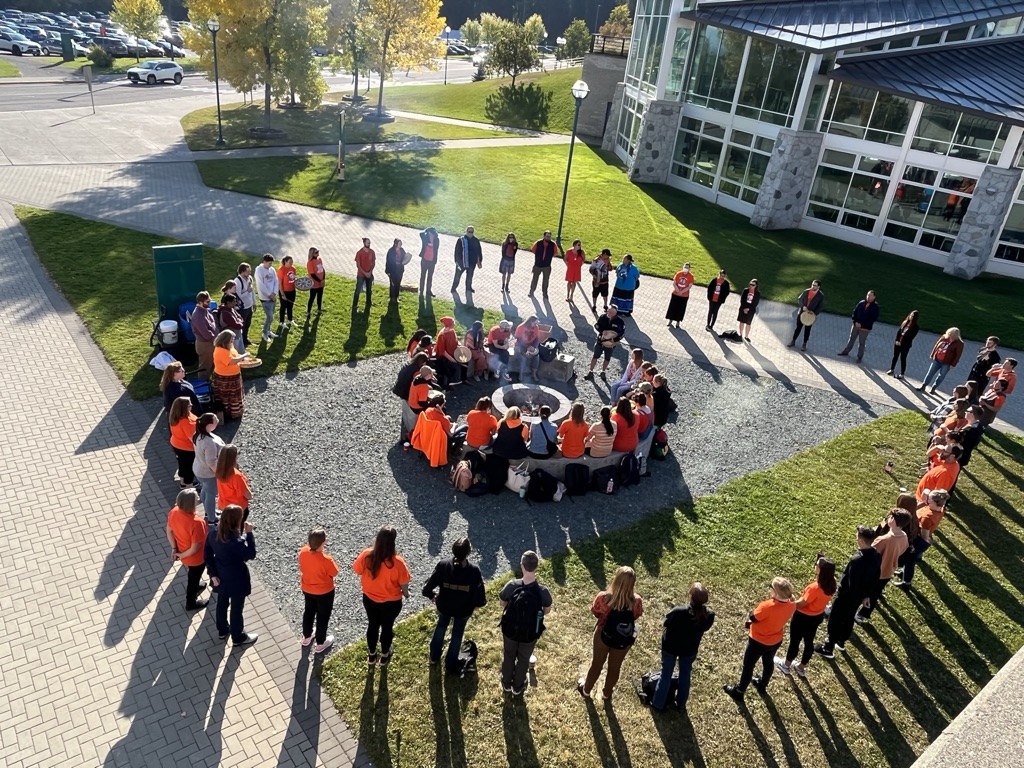
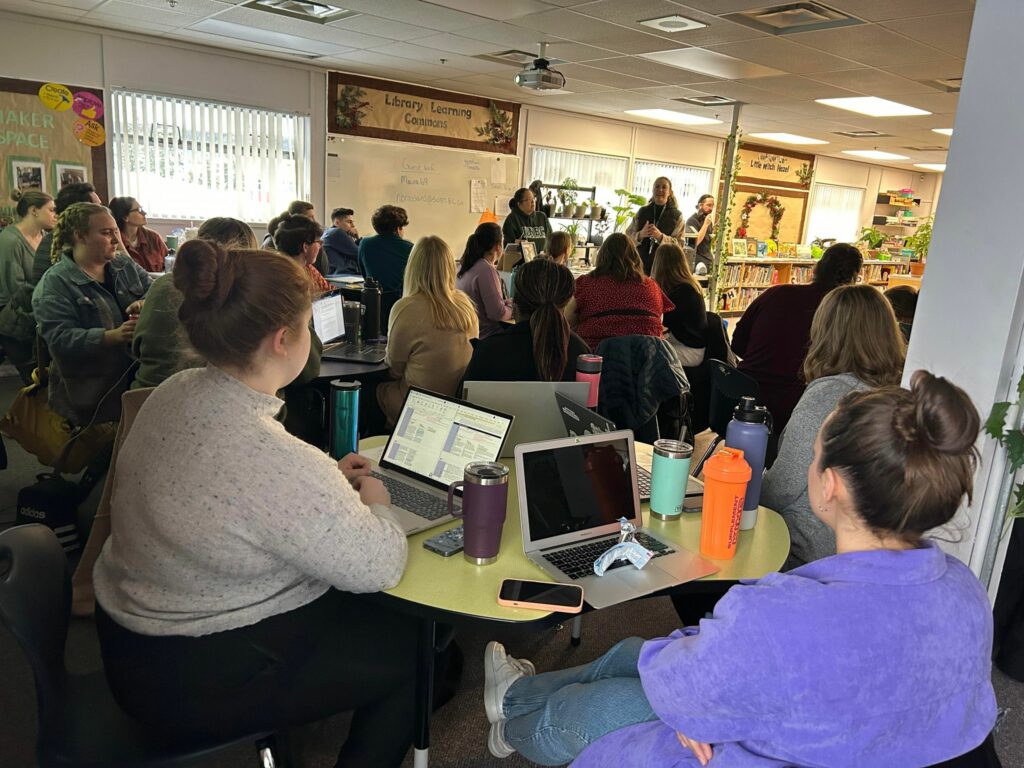
Leave a Reply